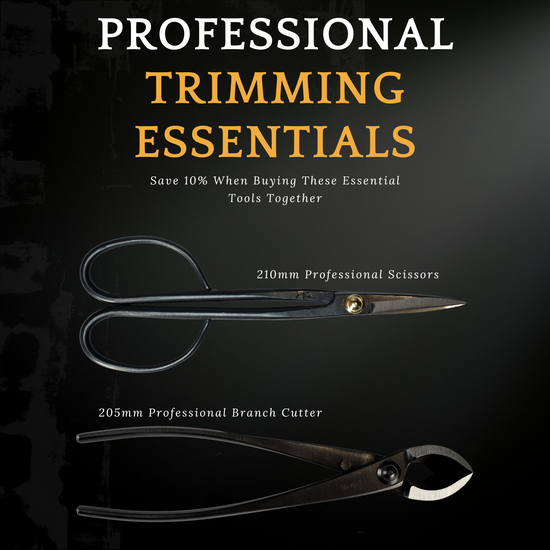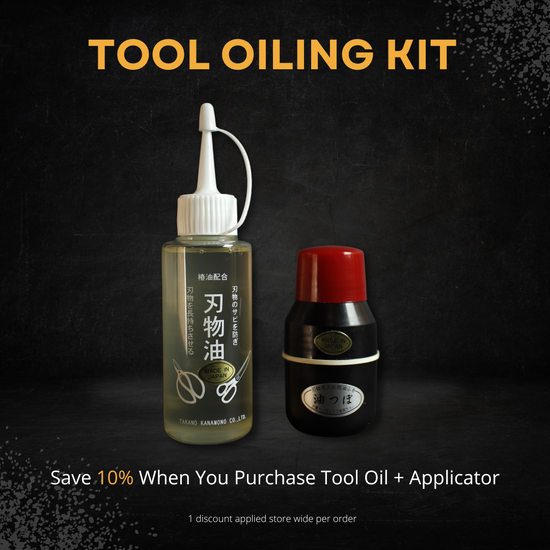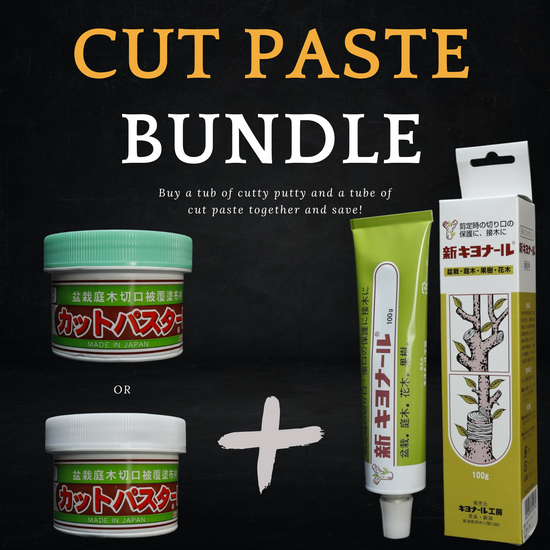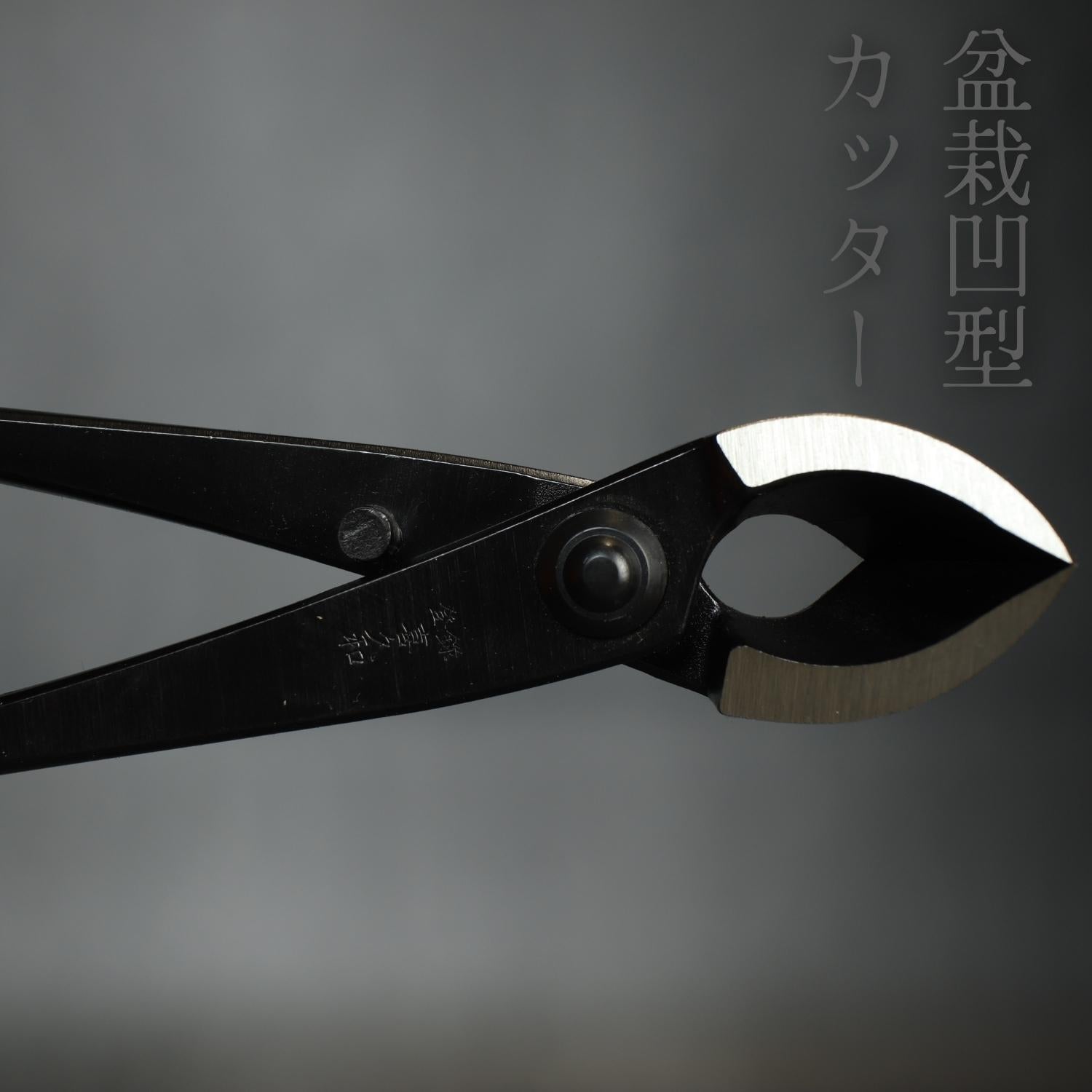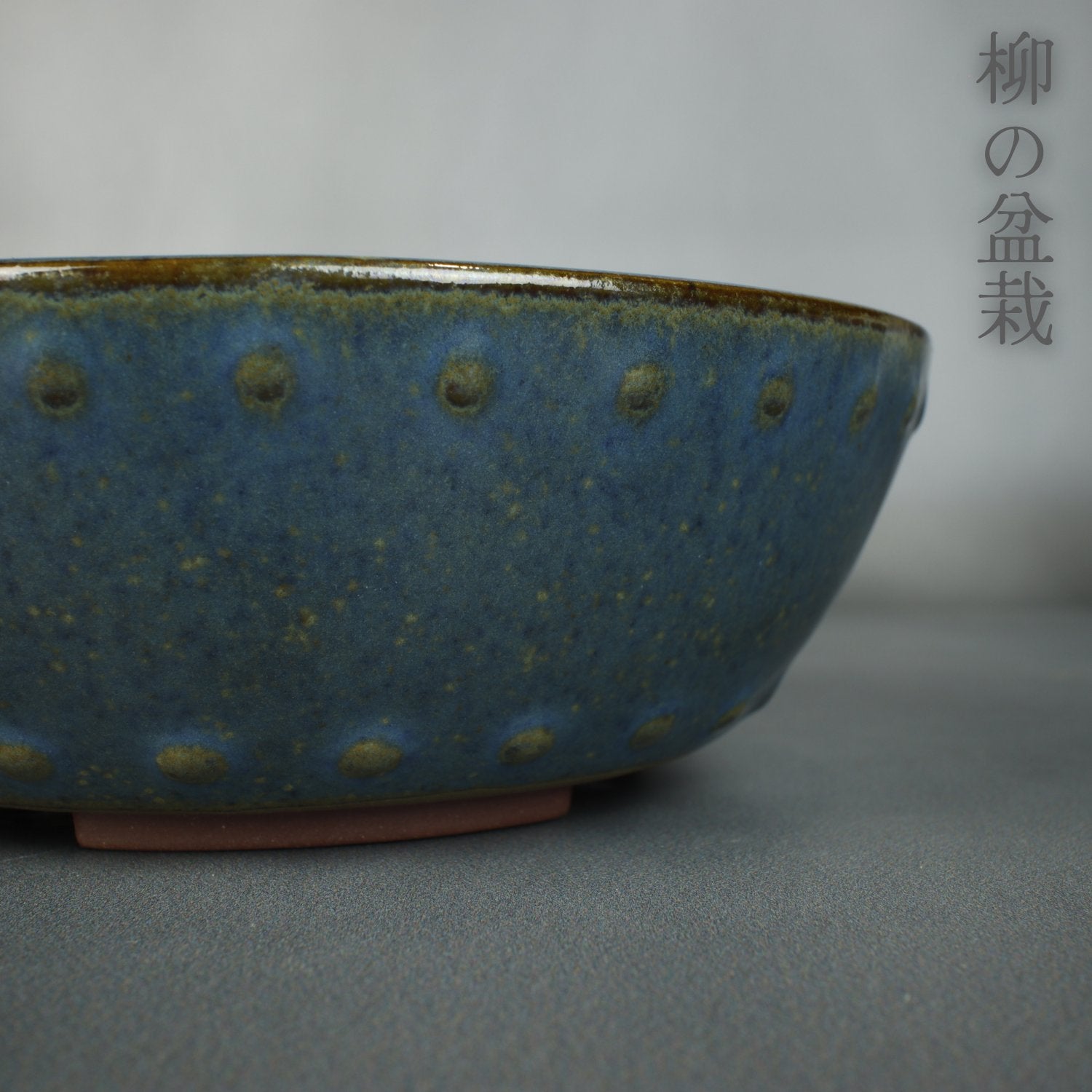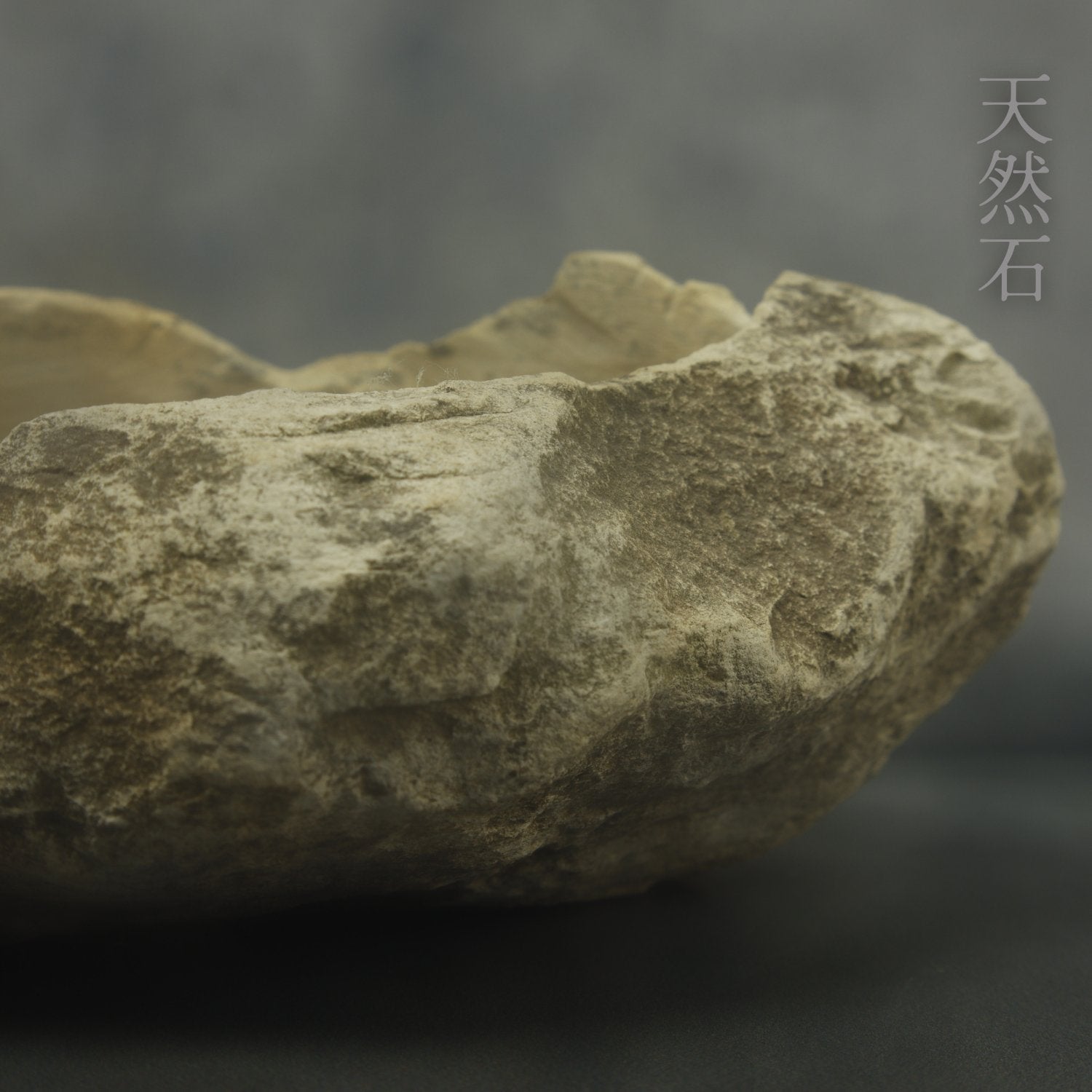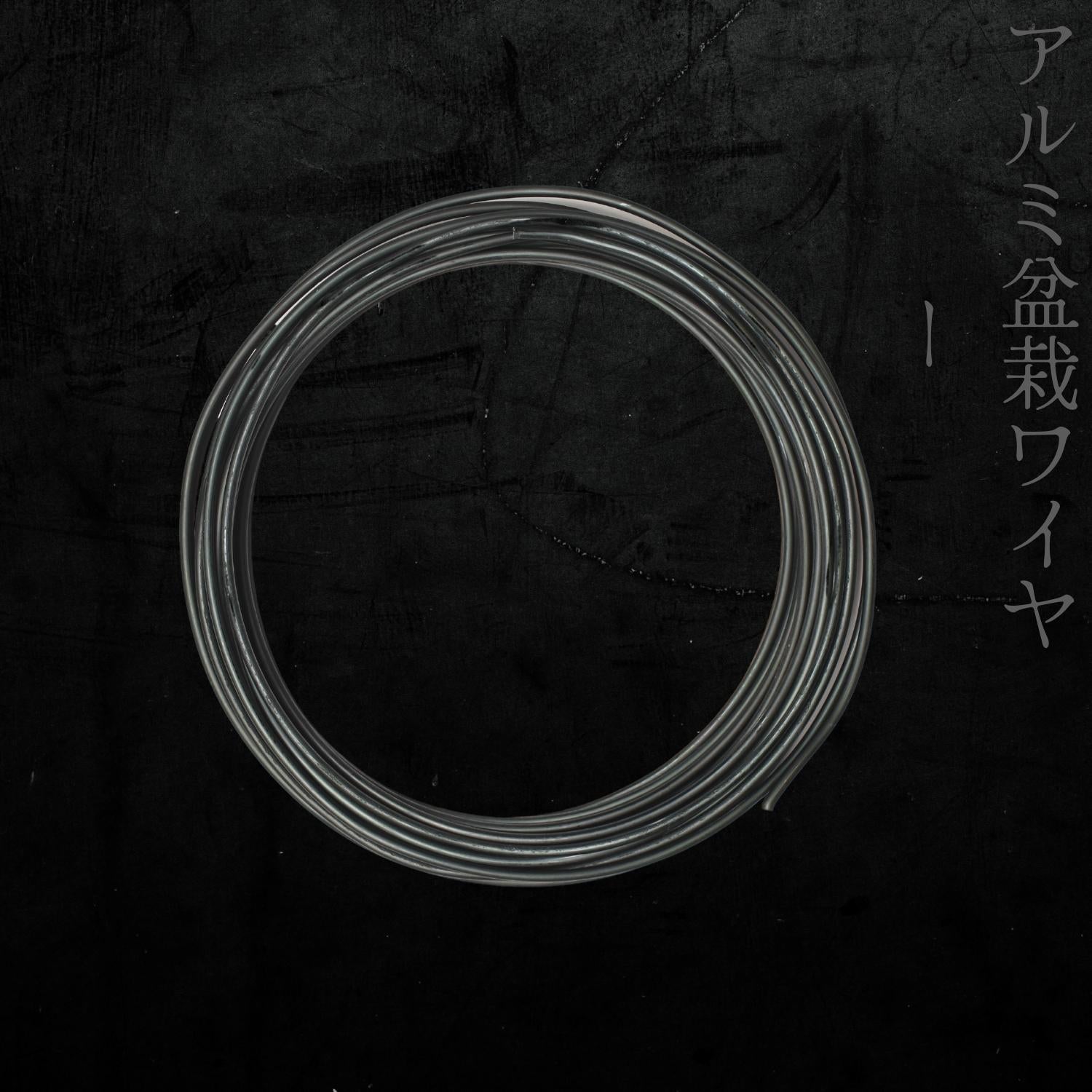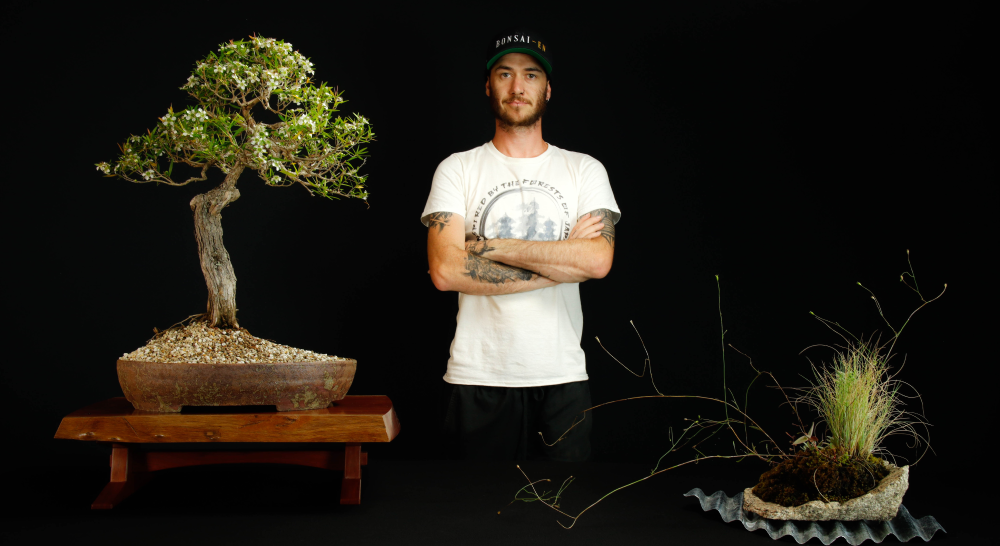Treating Tip Blight On A Black Pine
I wish i could tell you things always go perfectly in bonsai but unfortunaly they dont. In this video we show you a black pine that got a case of tip blight after a very wet summer season with high humidity. We talk about the disease it self but also what to do moving forward with the tree and the steps that should be taken.
What Is Tip Blight?
Tip blight is a common fungal disease affecting pine trees. It causes the tips of new growth to turn brown and die, leading to stunted and deformed shoots. The disease is most commonly caused by the fungi Fusarium circinatum and Leptographium species. Environmental factors such as warm, moist conditions and high humidity can increase the risk of tip blight infections. The disease can spread quickly from tree to tree, causing widespread damage in forests and landscapes. Prevention measures include planting disease-resistant varieties, maintaining proper tree spacing to promote good air circulation, and avoiding overhead watering. Chemical fungicides can also be used to treat infected trees, but should be applied promptly for best results.
How To Treat Tip Blight With Chemicals And Care For The Sick Tree
-
Remove infected tissue: Prune off and dispose of any diseased shoots or needles, as well as any debris around the base of the tree. Please note in pines though this can only be done if a small amount of shoots are affected. If the whole tree is affected you can reduce some needles to create air flow but can not completely remove all the needles.
-
Promote good air circulation: Thin out crowded branches to improve air flow through the canopy. This helps to reduce the humidity levels that can contribute to the development of tip blight.
-
Apply fungicides: Chemical fungicides can be applied as a preventative measure or to treat actively infected trees. Fungicides containing copper, chlorothalonil, or mancozeb are effective against tip blight. Make sure to follow the manufacturer's instructions for application rates and timing.
-
Water trees properly: Overhead watering should be avoided as it increases the risk of tip blight. Instead, water trees at the base to avoid getting foliage wet.
-
Monitor regularly: Regularly inspect trees for signs of tip blight and take action if necessary. It is important to act quickly when tip blight is detected in order to prevent the spread of the disease.
Products To Treat Tip Blight
Mancozeb
Mancozeb is a fungicide used to control various plant diseases, including tip blight in pines. It is a mixture of two active ingredients, maneb and zineb, that work together to prevent fungal spores from germinating and penetrating plant tissue. Mancozeb is used to treat a wide range of diseases, including powdery mildew, downy mildew, and late blight in crops such as vegetables, fruits, and ornamental plants. It is applied to the foliage of plants as a preventative measure or when disease is first detected. Mancozeb is relatively safe to use, but should be handled with care and used in accordance with label instructions to minimize the risk of environmental contamination and potential harm to humans and non-target species.
Copper Fungicide
Copper fungicide is a type of fungicide used to control plant diseases, including tip blight in pines. It is derived from the metal copper and works by disrupting the fungal cell wall, preventing it from growing and spreading. Copper fungicides are used to treat a wide range of fungal diseases, including downy mildew, anthracnose, and black spot. They are typically applied as a spray to the foliage of plants as a preventative measure or when disease is first detected. Copper fungicides are generally considered safe to use, but should be handled with care and used in accordance with label instructions to minimize the risk of environmental contamination and potential harm to humans and non-target species. In some cases, repeated use of copper fungicides can result in the buildup of copper in the soil, leading to toxicity in plants. Therefore, it is important to rotate fungicides and follow best management practices to minimize the risk of resistance and environmental impact.


